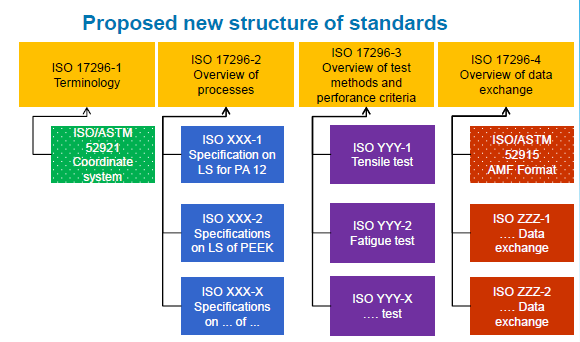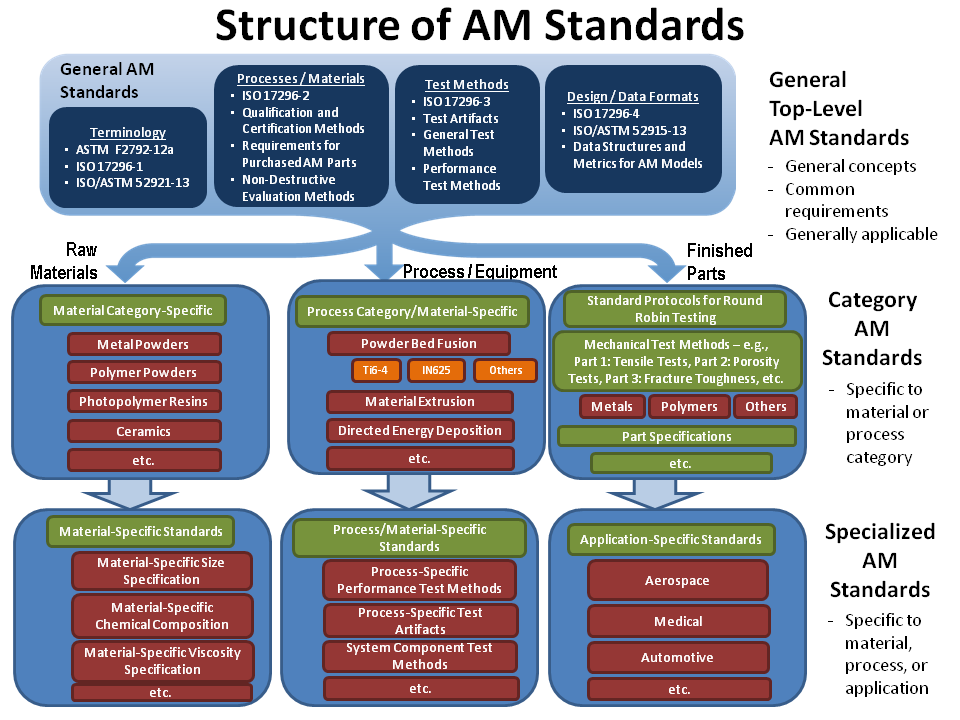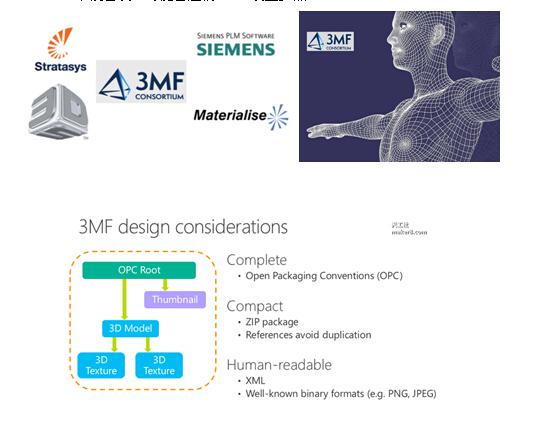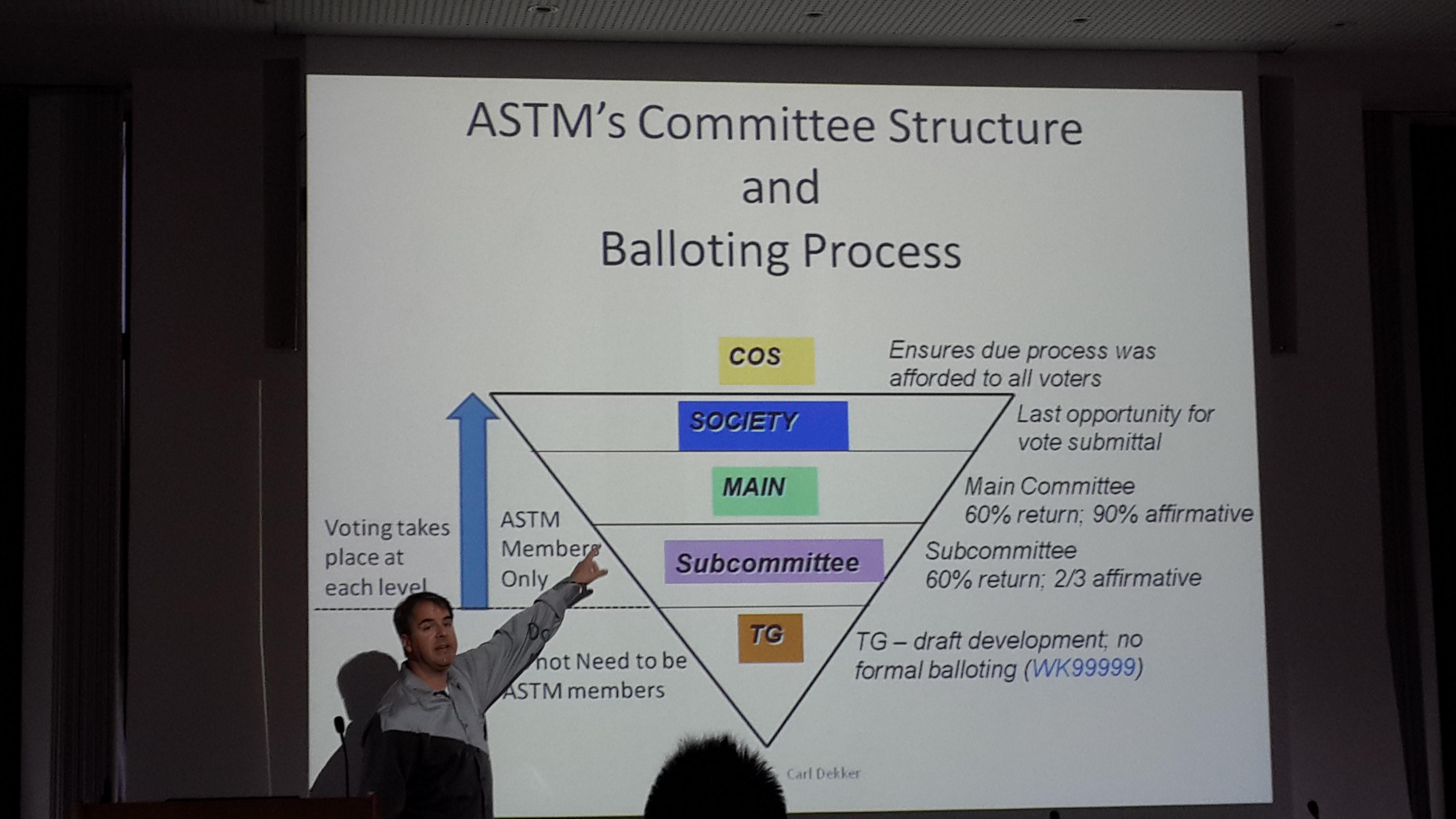13th ~ 16th July 2015, HongBo Lan working in QingDao Technological University who also be responsible for open foundation of the State Key Laboratory for Manufacturing System Engineering , XiaoYong Tian working in XTJU and ZheMing Gu working in Shanghai Research institute of Materials participated in four conferences which were organized by DIN in Berlin, Germany. The four conferences as follows:
1. ASTMF 42from 2015-07-13 to 2015-07-15
2. ISO/TC261/ASTMF42 Joint group meetings (face-to-face) from 2015-07-13 to 2015-07-15
3. ISO/TC 261 WG meetings from 2015-07-13 to 2015-07-15
4. ISO/TC 261 2015-07-16
Conference hosts: DIN, German Institute for Standardization
The schedule of the conference:
1. 13th July (morning): the introduction of the standard of American Additive Manufacturing ASTM F42; mainly focusing on F42.01 Test Method;F42.04 Design;F42.05 Materials and Processes;F42.91 Terminology;F42.94 Strategic Planning,F42.95 US TAG to ISO TC 261 and so on
2. 13th July (afternoon) ~ 15th July (afternoon): discussion by groups : :(1)ISO/TC261/WG1;(2)ISO/TC261/WG2;(3)ISO/TC261/WG3;(4)ISO/TC261/WG4;these four discussion parts proceed simultaneously
3. 16th July ( 10:00am ~ 12:30pm) the people respectively responsible for these four parts (WG1,WG2,WG3,WG4) got the conclusion and reported
The main contents of this conference:
1. The structure of ISO/TC261

New structure

The following structure for AM standards has been agreed by ISO and ASTM in July 2013 (Diagram courtesy of UNM Bureau de Normalisation par délégation d'AFNOR):

2. The main standard of current “the processing/materials of additive manufacturing”: :(1)Extrusion Based Additive Manufacturing of Plastic Materials;(2)Metal Powder Bed Fusion
3. The standard of the American ASTM F42 have a broad influence in the worldwide and faster and well development than ISO/TC261 currently. ASTM F42 will be accepted by ISO/TC261. These two standards complement each other and develop together
4. In the data structure: the league of 3MF released the new-style 3D printing---3MF which will have a great influence on the data structure of ISO/TC261 WG4

5. The components of function gradient(the capability to vary material composition or microstructure)、design for Light-weighting、design for function、utilizing honey comb, lattice or foam internal structure were the biggest concerns in this conference and were discussed
6. The structure of ASTM committee and the processing of voting

7. The additive manufacturing roadmap which was supported by the seven frameworks plan of EU was released
